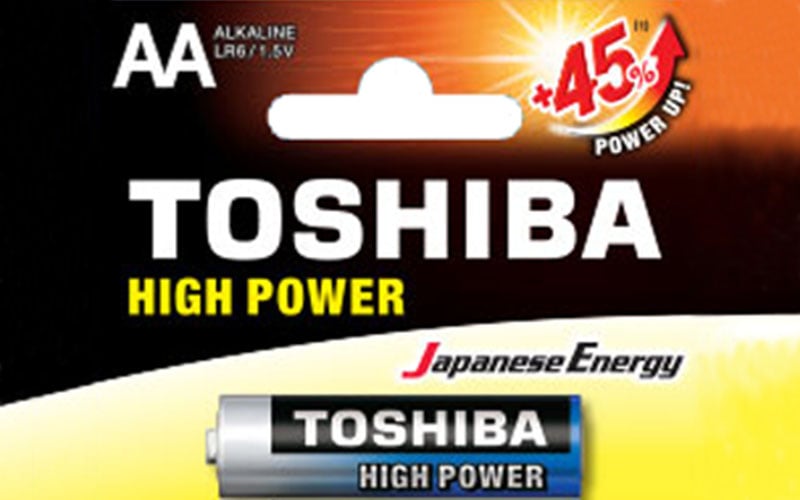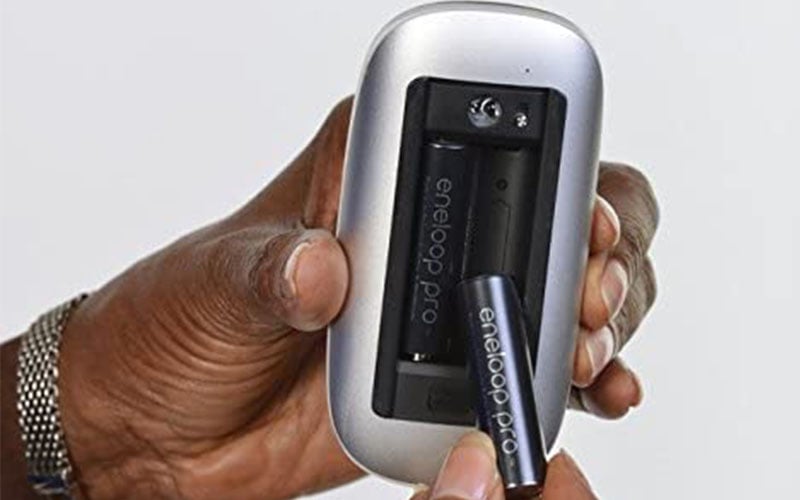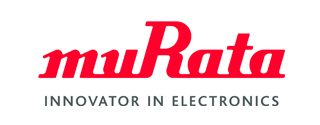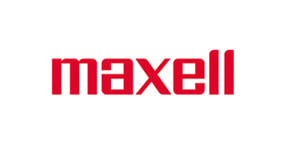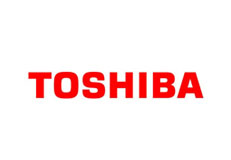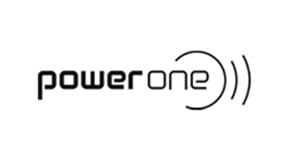Battery categories and chemistries: an easy 20-minute primer
When I started working for Microbattery sixteen years ago, I quickly realized that there is much more to knowing batteries than being able to tell apart a lithium battery from a car battery, or distinguishing among alkaline AA, C, D, and so forth. In fact, I quickly got lost with the bombardment of battery and electro-chemical terms in technical charts that seemed to be common knowledge to my peers. Who was I kidding? After all, battery design, configuration, and application are grounded in chemistry, engineering, and other technologies.
For the common shopper, grasping some battery basics can go a long way in helping you understand descriptions, compare your options, and make informed decisions to get the right battery for your need.
In this post, I will try to make it more palatable with just essentials. We will simplify the two broad battery categories, quickly distinguish between batteries and cells, then describe the basic battery types of each category and some of their features. As much as possible, we will avoid the technical gibberish and unnecessary complexities.
Battery categories
Batteries are grouped under two broad categories, aptly called primary cells and secondary cells. Sometimes they are referred to as primary batteries and secondary batteries.
|
Primary cells or batteries
|
Secondary cells or batteries
|
The difference between cells and batteries
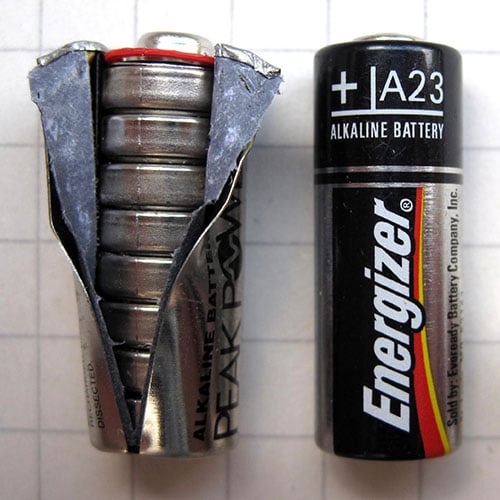
Think of a cell as a single unit that converts chemical processes into electrical energy. Batteries are made up of one or more cells.
For example, an alkaline AAAA battery or an AA battery consists of one cell, but the typical lead-acid car battery might consist of 6 cells. The small, relatively flat, coin or button shaped batteries you find in small electronics and watches—these also consist of one cell. That is why you will notice that a button battery or a coin battery is often variably referred to as a button cell or a coin cell, or even as a button cell battery or coin cell battery. In this loose context, the choice of words is alluding to the battery itself, and not to its constituent cell.
A look at commonly available primary battery types
Zinc metal batteries: Zinc-Carbon and Zinc-Chloride
Zinc batteries are perhaps the cheapest batteries on the market. They provide a fraction of the power of alkaline and are best used for occasionally run, low power devices like clocks or calculators. They should not be expected to be able to handle medium drain devices beyond several minutes and they are susceptible to leaks. Zinc batteries preceded alkaline chemistry batteries, which have largely supplanted them as the readily available, general-purpose battery.
Alkaline batteries
Alkaline batteries provide moderate power with low energy loss. These are your run-of-the-mill, bang-for-the buck, general-purpose battery you can buy anywhere and use in all kinds of applications with little issue. Caveats: Alkaline batteries are known to leak, heat up, and often deliver less than their energy rating. They are also not suitable for high drain devices (high-powered devices), that will quickly deplete them.
Learn more about alkalines in Primary battery options: a look at alkaline batteries.
Lithium metal batteries (non-rechargeable types)
Lithium batteries are the ideal general-purpose battery group without the high drain disadvantage of alkaline. Lithium batteries are higher in energy, which means relative to size, they pack more power. They are also lighter in weight and are less susceptible to leaks. However, where the application for which you need it is high drain, where possible, it is more sensible to invest in a rechargeable lithium-ion battery (listed below as a secondary cell). The longer service life of a rechargeable lithium compensates for its higher cost. Apart from standard cylindrical shapes like the 3-volt CR123A battery, they are commonly available as lithium coin batteries, such as the CR2032 cells frequently used for computer motherboards.
Check out our article, Primary battery options: a look at lithium batteries, for more on primary lithium batteries.
Application-specific primary cell chemistries
Silver-oxide batteries (SO2) are the most common disposable batteries used to power watches due to their high energy density and long shelf life. Because of their application, they are often referred to as watch batteries.
Zinc-air batteries are among those with the highest energy density. Because they require oxygen to activate and function properly, their use is limited to open air devices rather than within contained or sealed devices. They are most frequently found in hearing assisted devices and referred to as hearing aid batteries or cochlear implant batteries.
This table compares the characteristics of primary battery types.
| Family | Alkaline-based | Lithium-based | Silver-based | Zinc-based | ||
| Chemistry | Alkaline | Lithium-iron | Lithium (3V) | Silver Oxide | Zinc | Zinc Air |
| Max. discharge rate | 1~4C | 1~2C | 1~2C | <0.1C | 1C | <0.1C |
| Energy density | Medium | Very high | Very high | High | Very low | Extremely high |
| Cell voltage range | 0.8-1.5-1.6V | 0.9-1.5-1.8V | 2.0-3.0-3.0V | 1.2-1.55-1.6V | 0.9-1.5-1.5V | 0.9-1.45-1.65V |
| Voltage curve | Sloped | Flat | Flat | Flat | Sloped | Flat |
| Self-discharge rate | <1% | <1% | <1% | <0.1% | 0.1~2% | 0.1~2% |
| Shelf life | 5 years | 10 years | 5–8 years | 5 years | 2 years | 2 years |
| Temperature range | -18~55C, -40~50C | -40~60C, -40~60C | -30~75C, -55~75C | -10~55C, -10~55C | 0~45C, -10~25C | -10~55C, 10~25C |
Make sense of battery technical terms in our post, Need-to-know battery technical terms in plain English.
A look at commonly available secondary battery types
Nickel-cadmium batteries (Ni-CD, or NiCad)
This family of batteries peaked in popularity during the 1980s. With a similar energy density as zinc batteries, it supports high power applications. Two caveats: First, Ni-Cd batteries self-discharge at a higher rate than their rechargeable siblings. This is directly connected with a relatively lower shelf life and the need to charge them after a few months of storage. Secondly, overcharging Ni-Cd batteries cripples their service life and ability to charge properly. With proper care, however, the nickel-cadmium battery is one of the most stable, durable, and reliable secondary battery options.
Nickel metal hydride batteries (Ni-MH)
Ni-MH batteries have supplanted NiCad batteries due to their superior capacity, energy density, lower cost, and improved environmental friendliness. They provide higher power than lithium and work well in high drain applications like digital cameras and other high-powered devices. The drawback is that Ni-MH batteries suffer a higher self-discharge rate than NiCad, hence requiring recharge within weeks of storage, rather than months. A subcategory of Ni-MH batteries, known as LSD, or Low Self-Discharge Ni-MH, substantially decreases self-discharge and provides for a better Ni-MH option. Other than AA and AAA sizes, this chemistry is available in other formats such as the 12-volt BR-2/3A battery.
Lithium-ion batteries (Li-ion)
As the perceived future of rechargeable batteries, lithium-ion batteries are undergoing continuous development and rapid improvements. This battery chemistry supplies power to high drain devices with ease. Li-ion batteries often include a built-in protected circuit that monitors voltage and current. The circuit also functions as a disconnection safeguard. The 18650 battery is one of the most common general-purpose battery in this group.
There are several varieties of lithium batteries (e.g., ICR, IMR, INR, etc.) that are beyond the scope of this primer; however, the increasingly popular lithium-ion polymer (Li-Po or Li-poly) is a notable mention. This variant can support the highest power draw of any commercial cell while retaining a slim, flexible form factor and low weight. The most common consumer applications of Li-poly batteries are mobile phones and tablets. Lithium-ion polymer batteries suffer the drawbacks common to the Li-ion family: sensitivity to overcharging, deep discharging, and in certain conditions, overheating.
Lead-acid batteries
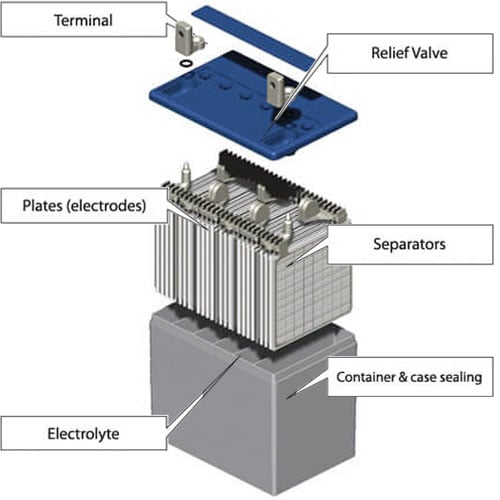
As the oldest and most stable chemistry, the lead-acid battery has demonstrably proven to be an extremely reliable workhorse. This is the battery you will find installed in most cars. That they are able to maintain an excellent price for the amount of power they supply gives them an advantage over other secondary cells, despite their required higher maintenance and their weight-to-performance ratios. Periodic recharging is necessary to maintain health and longevity.
This table summarizes the some of the more important characteristics of secondary rechargeable batteries.
| Family | Nickel-based | Lithium-based | Lead-based | |||||
| Chemistry | Ni-CD | Ni-MH | Ni-MH (LSD) |
Li-ion (ICR) |
Li-ion (IMR) |
Li-ion (INR) |
Li-ion Polymer |
Lead-acid |
| Max. discharge rate | 15~20C | 1~10C | 1~10C | 1~3C | 5~15C | 5~15C | 10~100C | 2~10C |
| Energy density | Very low | Medium | Low | High | Medium | High | Very high | Very low |
| Cell voltage range | 0.9-1.2-1.3V | 2.8-3.6-4.2V | 3.0-3.6-4.2V | 1.75-2.1-2.4V | ||||
| Voltage curve | Flat | Flat | Flat | Flat | Flat | Flat | Flat | Flat |
| Self-discharge rate | 10% | 15~30% | 1~2% | 8% | 5% | 3~20% | ||
| Shelf life | 5 years | 5 years | 5 years | 3 years | 3 years | 3 years | 3 years | 6 months |
| Temperature range | -20~65C, 10~30C, 0~50C | -20~65C, 10~30C, 0~50C | -20~65C, 10~30C, 0~50C | -20~60C, -20~50C, 0~45C | -20~60C, -20~50C, 0~45C | -20~60C, -20~50C, 0~45C | -20~60C, -20~25C, 0~45C | -40~60C, -40~50C, -20~50C |
A word on battery form factors
It is important to understand that both primary and secondary batteries can share identical form factors, or size. For instance, an AA battery is a form factor, not a battery type. An AA battery can be a primary alkaline battery or lithium battery. It can also be a secondary rechargeable Li-ion battery or a Ni-MH battery. Coin-shaped batteries such as those found in watches or thermometers, are also available in form factors that span multiple chemistries.
The table below charts common markings and shapes associated with different battery chemistries.
| Battery type | Likely markings | Common shapes |
| Lead-acid | Lead, Lead Acid, SLA, Gel Cell, VRLA, AGM |
Usually cuboid or cylindrical. Custom or application-specific packs* |
| Nickel-cadmium | Ni-Cd (var., NiCD, NiCad) |
Usually cylindrical (e.g., AA, AAA) or cuboid. Custom or application-specific packs* |
| Nickel metal hydride | Ni-MH, (var., NiMH) |
Usually cylindrical (e.g., AA, AAA). Custom or application-specific packs* |
| Primary lithium (non-rechargeable type) | Lithium |
Usually cylindrical (e.g., AA, AAA, C) or coin. Custom or application-specific packs* |
| Secondary lithium (rechargeable type) |
Li-ion, Li-polymer (var., Li-poly), others Coin shaped. IEC model numbers begin with ‘CR’. |
Usually cylindrical (e.g., AAA, AA, 18650) or cuboid (e.g., 9V) Custom or application-specific packs* |
| Alkaline |
Alkaline Coin shaped. IEC model numbers begin with ‘LR’. |
Cylindrical (e.g., AA, AAA, AAA,), coin, and the popular 9V battery. |
| Silver-oxide |
SO2 Coin shaped. IEC model numbers often begin with ‘SR’. |
Coin or button |
| Zinc-air |
MnO2 Coin shaped. IEC model numbers often begin with ‘PR’. |
Coin or button |
Now that you understand basic battery categorization and chemistries, we recommend the following articles for further reading:
Need-to-know battery technical terms in plain English
Learn what is meant by a handful of terms often used in descriptions to effectively compare and shop for your battery needs; terms like battery energy density, self-discharge, cell voltage range, and more.
Making sense of battery certification imprints
Understand the relevance of various markings imprinted on batteries.
ANSI and IEC battery standardization nomenclature
Review basic IEC and ANSA nomenclature that can help determine battery interchangeability when shopping for replacements.

